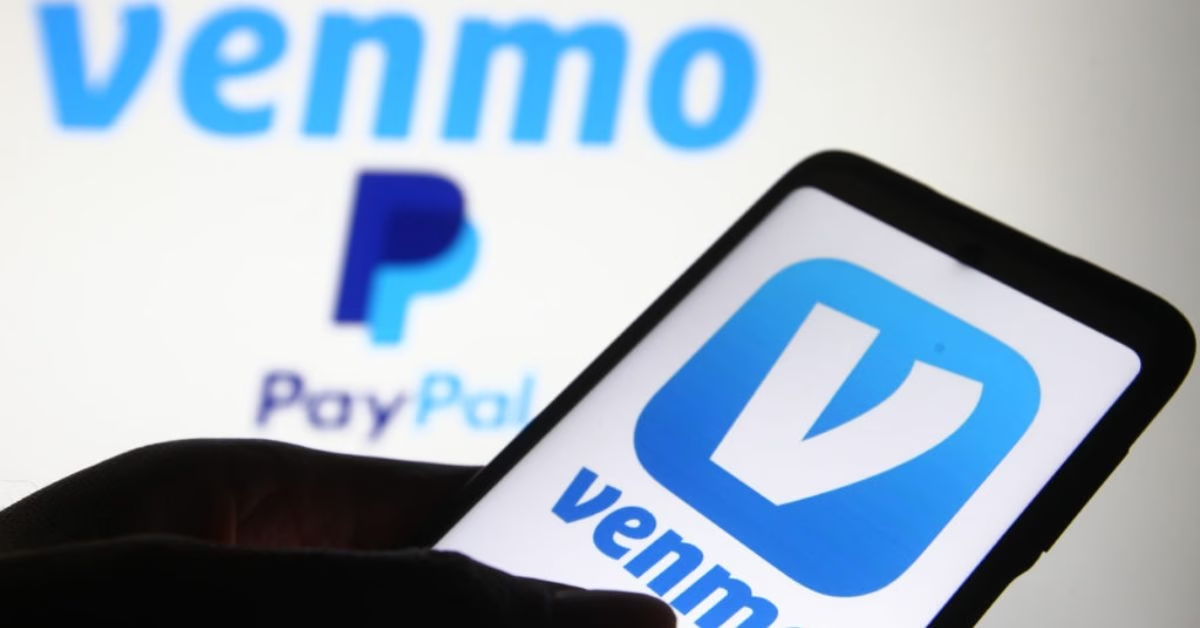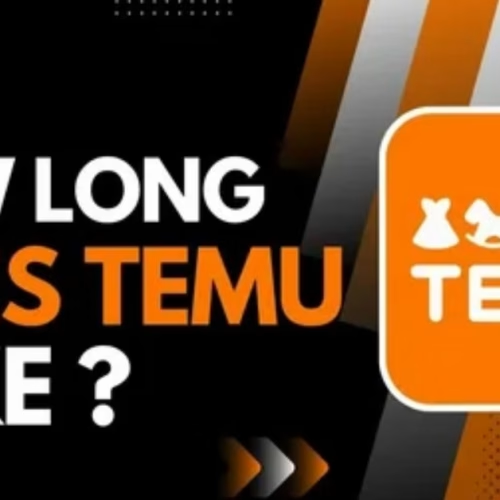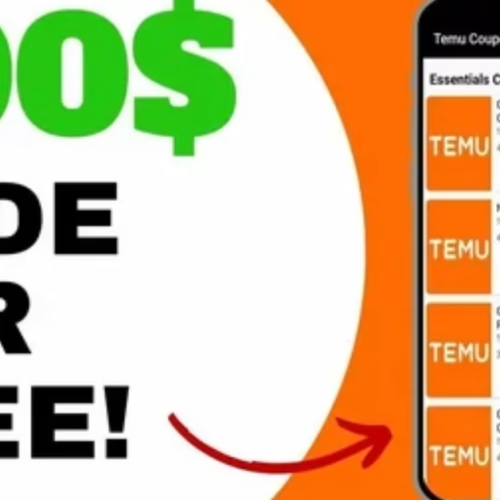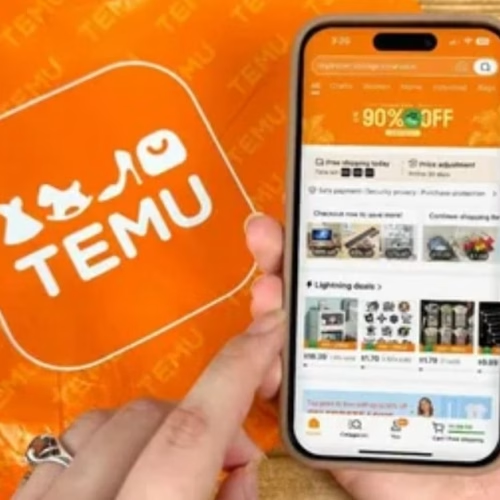What Is Venmo? A Comprehensive Overview
Definition and Core Functionality
Venmo is a US-based peer-to-peer (P2P) mobile payment app that lets users send and receive money instantly through their smartphones. It’s especially popular for splitting bills, paying friends, and small business transactions, often paired with fun payment notes and emojis.
Company Background and Ownership (PayPal Connection)
Venmo was launched in 2009 and became a subsidiary of PayPal in 2013, operating under PayPal’s ecosystem while maintaining its unique social and payment features.
Key Statistics on User Base and Transaction Volume
Venmo now has over 60 million active users, processing hundreds of billions of dollars annually, making it one of the most widely used mobile payment apps in the US.
How Does Venmo Work?
Setting Up a Venmo Account
- Account Creation Process
Download the app, sign up using your email and US phone number, set a password, and create a profile. - Verification Requirements
Unverified users have a low weekly sending limit. Verifying your identity boosts limits significantly and unlocks more features. - Linking Bank Accounts and Cards
You can link a bank account, debit card, or credit card to fund payments or receive money.

Sending and Receiving Money
- Step-by-Step Transaction Process
Choose a contact, enter the amount, add a note, and confirm the payment. The recipient receives funds instantly in their Venmo account. - Social Feed Features
Venmo’s unique social feed displays payment activities (without showing amounts), allowing friends to like and comment. - Privacy Settings
Transactions can be set to Private, Friends-only, or Public, giving you control over who sees your activity.
Venmo Transaction Limits
Standard Limits
- Weekly Sending Limits
Unverified accounts can send up to $299.99 per week, while verified accounts can send several thousand dollars per week, depending on activity type. - Transfer Limits
Unverified accounts can transfer up to $999.99 per week to a bank, while verified accounts can transfer much higher amounts. - Purchase Limits
Purchases also count toward your weekly limits.

Verified Account Benefits
- Increased Limits
Verification dramatically increases sending and transfer caps. - Verification Process
Requires providing personal details such as name, date of birth, and Social Security number.
Venmo Fees Explained
Free Transactions
- Standard Transfers
Sending money from a bank account, debit card, or Venmo balance is free. - Friend-to-Friend Payments
Free unless you use a credit card or request an instant transfer.
Fee-Based Services
- Instant Transfers
Sending money instantly to a bank or debit card has a small percentage fee with a minimum and maximum cap. - Credit Card Usage Fees
Payments funded by credit card carry a 3% fee. - Business Transaction Fees
Business profiles are charged a percentage plus a fixed fee per transaction, with rates varying for in-person and online sales.
Venmo Security Features
Account Protection
- PIN and Biometric Authentication
You can secure your account with a PIN, fingerprint, or face recognition. - Data Encryption
Venmo encrypts data to protect sensitive information.
Fraud Prevention
- Dispute Resolution
Limited protection for personal transactions, with better coverage for business transactions. - Unauthorized Transaction Protection
Multi-factor authentication helps prevent account takeover.
Venmo vs. Other Payment Platforms
Venmo vs. Zelle
- Speed Comparison
Zelle transfers money instantly; Venmo offers standard transfers or paid instant transfers. - Fee Structure Differences
Zelle is generally free; Venmo charges for credit card funding and instant transfers. - Bank Integration Comparison
Zelle is integrated into many bank apps, while Venmo works independently with linked accounts.

Cash App vs. Venmo
- Feature Comparison
Both offer P2P payments and debit cards. Venmo has a social feed; Cash App focuses on simplicity and Bitcoin support. - User Experience Differences
Venmo’s interface is social and interactive; Cash App is minimalistic. - Target Audience Variations
Venmo appeals to millennials; Cash App attracts a more general audience, especially those interested in investing.

Advanced Venmo Features
Venmo Debit Card
- Benefits and Features
A Mastercard-branded debit card for in-store and online purchases, ATM withdrawals, and spending directly from your Venmo balance. - Application Process
Apply in the app and customize your card design. - Cash Back Offers
Earn cashback on select merchants and categories.
Venmo Credit Card
- Rewards Program
Earn points on purchases that can be redeemed for cash back. - Qualification Requirements
Requires a credit check and approval. - Integration with Venmo Account
Rewards and transactions appear directly in your Venmo app.
FAQs About Venmo
- What bank is Venmo associated with?
Venmo works with partner banks but is owned by PayPal. - Do you need a bank account for Venmo?
No, but linking one is required for sending or withdrawing funds. - What is Plaid in Venmo?
A secure service Venmo uses to connect to your bank account. - What is the daily limit for Venmo?
Venmo uses weekly limits, not daily caps. - What is Venmo used for besides sending money?
Online shopping, bill splitting, debit card payments, and business transactions. - Is Venmo safe to use?
Yes, when using proper security settings and only transacting with trusted people.
Conclusion
Venmo in 2025 remains one of the most versatile and user-friendly digital payment apps, offering a mix of fast transactions, social features, and strong security tools. From splitting a dinner bill to running a small business, Venmo’s flexible options—such as debit and credit cards, instant transfers, and business profiles—make it a valuable tool for everyday money management.
With proper privacy settings and awareness of fees, Venmo can be a safe, efficient, and fun way to handle your digital payments. For more tech tips and app reviews, check out Fletchapp.com to stay ahead in the world of technology! Follow us on Instagram and Twitter/X!







